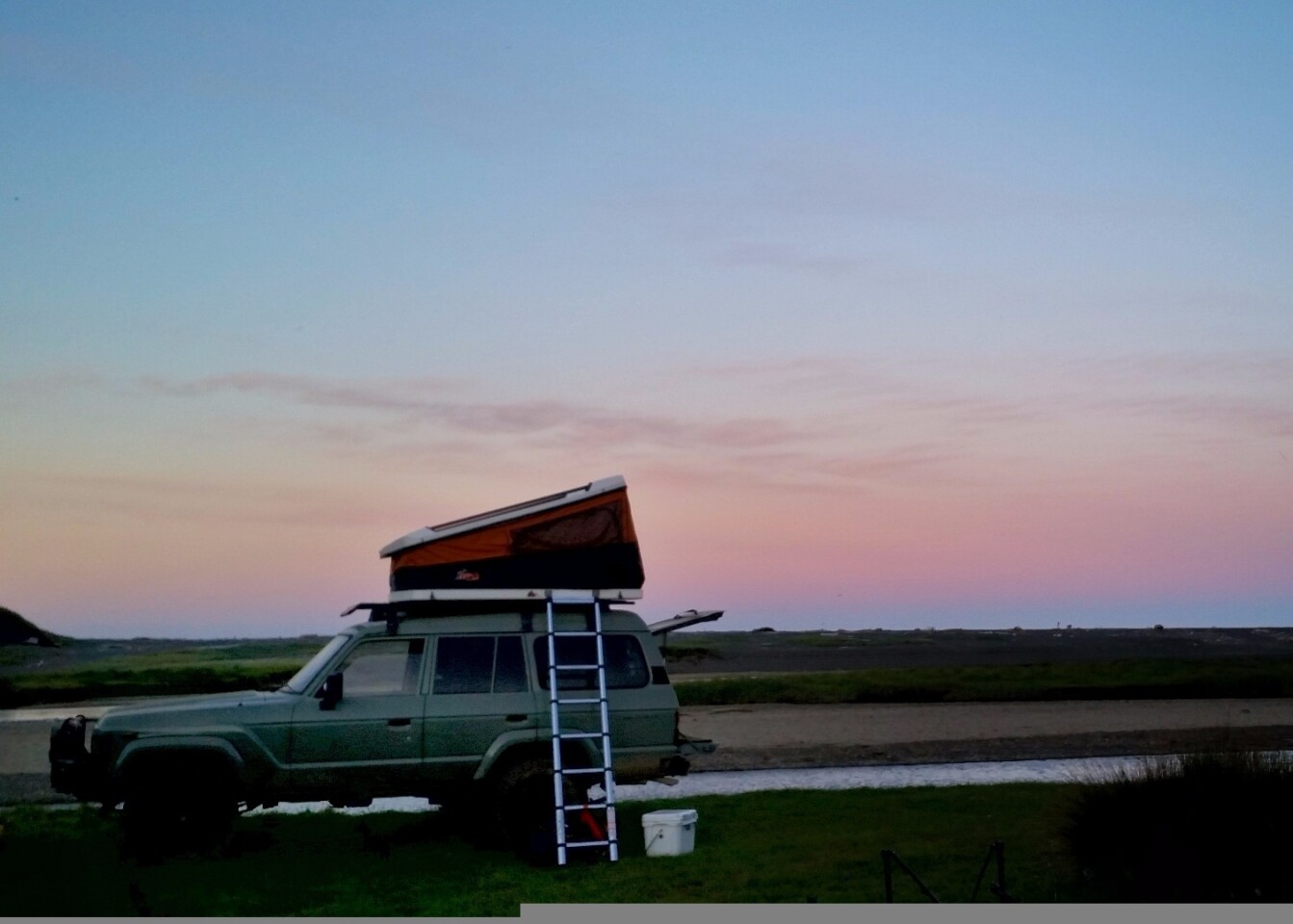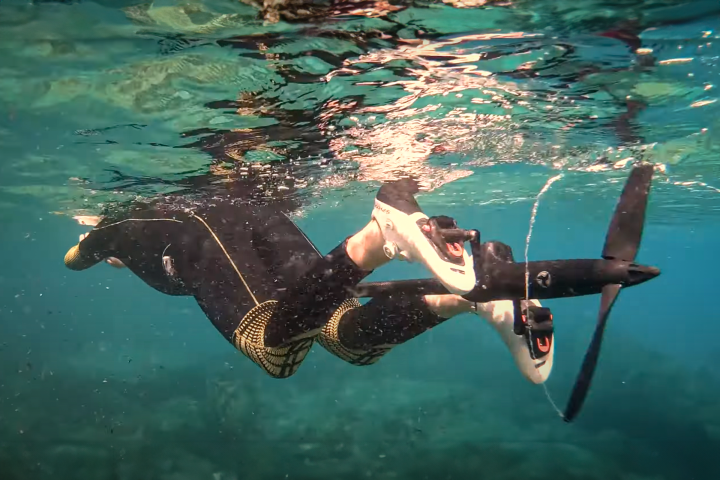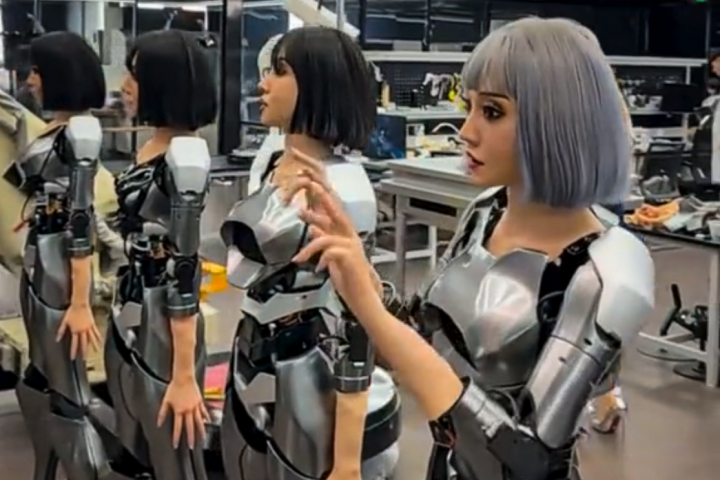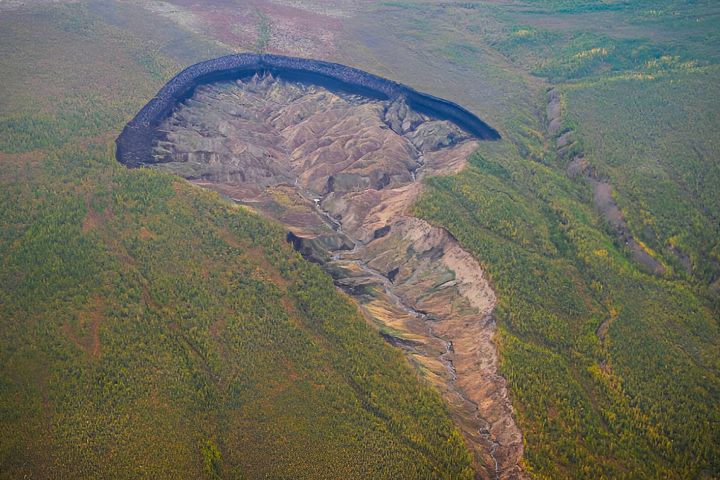Long popular in other countries, roof-top tents (RTTs) are having their moment in the US. The Santa Cruz-based innovators at Tepui are doing their best to turn that moment into a movement. The company is heavily invested in expanding the RTT market out from hardcore overlanders to the masses of general outdoor lovers and festival campers. We've looked at some of their recent innovations, like the White Lightning and Baja Series, and we figured it high time to find out what camping on top of a roof is all about. We traveled with Tepui and Four Point Adventures to explore California's wild, undeveloped Lost Coast, overnighting in RTTs.
Why the roof is catching fire
Tepui founder Evan Currid discovered roof-top tents on a trip through Venezuela, where they were relied upon as a way of getting campers up and away from unsavory critters of the night. He realized it was something he wanted to bring back to the US market, so he launched Tepui in 2010 and has been growing it into a recognizable brand name tattooed atop many an overland-ready 4x4.
Beyond just getting campers away from creatures of the night, the roof-top tent also eliminates the cold, hard, bumpy ground of camping, putting a flat, hard floor and foam mattress below you. Roof-top tents, particularly hard-shell models with gas struts, can also be much quicker and easier to set up than traditional ground tents. They won't make your rig as comfy as a luxurious expedition vehicle like the EarthRoamer XV-LTS, but they fit right atop a standard utility vehicle and create a smaller, simpler, more maneuverable and more affordable breed of off-road motorhome.

Compounding all that together, what we've always liked about the idea of the roof-top tent is that they take care of some of the logistical concerns that can bog campers down. Secure a roof-top tent to your vehicle and you can head out and chase surf breaks or seek out trailheads all day knowing that if darkness drops on you, you have a quick place to crash - no need to spend time searching for and setting up a proper campsite. In fact, as if to prove this point, a couple of would-be members of our group ended up camping out in an auto shop parking lot, lured away by a blown head gasket.
Pulling out of Californication
The Lost Coast proved a great place to put roof-top tenting to the test, even without any ambitious activity-chasing on the agenda. About as far away as California coast can get from the trim bodies and crowded, palm-lined sand of Southern California beaches, both physically and metaphysically, the Lost Cost is a rugged landscape of big-timber-filled mountains dropping right down into crashing waves, rugged 4x4 tracks and quiet, empty beaches. This almost-forgotten strip of Northern California coast stretches its legs inside King Range National Conservation Area and Sinkyone Wilderness State Park. It's about 250 miles (400 km) north of San Francisco International Airport, where we met up with our group, including a few California natives who had never even heard of the Lost Coast.
The terrain of Kings Range is so rugged that highway engineers had to send California's Route 1 veering inland around the area, pulling the "Pacific Coast" out of the Pacific Coast Highway. The Bureau of Land Management warns that all roads into Kings Range are narrow, steep and winding, and this proved quite true when we left the pavement for a tight 4x4 track that climbed and dropped through dark forests, wound its way around precipitous bluffs, and eventually spit us out around the fire pits at Usal Beach.

The Lost Coast is the type of rugged, remote place that the roof tent was born for, at least when mounted atop a proper 4x4. We didn't have any particular timeframe beyond "sundown" in mind, but that slow-going bumpy, twisty ride coupled with organizing lunch and rest stops with a group of around a dozen got us into camp not long before the sun set spectacularly over the Pacific.
We're not sure if Tepui planned the timing that way, but it was definitely a situation in which the roof-top tent shined. Racing the fast-setting sun to set up a bunch of individual dome tents or a couple of larger base camp tents on the ground could have been a mess of bodies scattering to and fro, climbing and tripping over each other to find decent tent sites and get pitched. With the RTTs, we simply circled the vehicles around the perimeter of our grassy camp spot, put 'em in park, and dropped the roof tents down (okay, the journalists on the trip mostly let the Tepui guys do all that while we stared at the majestic elk just across the meadow).

All eight tents were readied in no time, and the group was free to focus on more pressing matters - lighting a fire, setting up chairs, popping the cooler open and watching the sun's rays slowly withdraw from the ocean-slapped horizon. Though our group of RTT noobs was more accustomed to more traditional car camping and backpacking, it didn't seem anyone was missing ground tents at this point.
If you have your own RTT, you can even keep the sleeping bags and pillows inside so your bed is basically made the minute you drop the tent down. We stocked ours later on.
California truck-top dreaming
Tepui roof tents do a good job of pulling you up off the cold, uneven ground and lying you on a mattress-topped aluminum floor without taking away the connection to the outdoors that ripstop with breezy mesh panels provides. Tepui's new Baja line features interchangeable, zip-off tent fabrics that let you stargaze in the breeze with a mesh option, add a bit more coverage with ripstop, or hunker down with an aluminized canopy made for bad weather.
I slept in a Baja XL tent with the mid-level ripstop fabric. The weather was quite agreeable, dipping somewhere around the high 40's/low 50's (F) at night, and I was completely warm and comfortable inside with a sleeping bag up to the chest, my arms and shoulders out (long-sleeve flannel shirt on).

The Baja XL is listed as a four person, but Currid admitted that it's really best for three people, lest you have to start lining up feet to face. "Optimism" tends to run rampant in many tent ratings, so nothing shocking there.
Somehow I lucked out as the last man standing and had the XL all to myself – three people might be the sweet spot but one person is much sweeter. The 2.5-in (6.4-cm) high-density foam was firm but comfortable, definitely a step up from tossing, turning and contorting around the rocks and twigs poking through a ground tent floor and thin camping pad. Not only did I fall asleep quicker than I usually do in a ground tent, but I slept straight through until morning, with minimal tossing and turning and without the usual overheating or chilling wakeup. The XL offers plenty of headroom for sitting up.
The folding aluminum-tube frame of the Baja XL definitely feels sturdier than thin shock-corded ground tent poles, but the ripstop was still susceptible to wind. There wasn't any heavy wind, but the fabric did flap and rumble in breezes and gusts. It wasn't a big deal, but worth noting if you think the roof tent is totally immune to wind.

It may or may not be worth noting that another often inescapable staple of tent sleeping –the wee-hour pee – was conspicuously missing, even after hitting the cooler long and hard before climbing into bed. I have to think the warm, comfortable tent had something to do with that, and it was welcome news since I wasn't looking forward to the process of climbing down the ladder while half asleep – a definite downside of the roof-top design (even when on a lower trailer and not a motor vehicle roof).
Latest product news
The Baja Series tents are available now and can be ordered directly through Tepui's website, which lists prices from US$835 for the two-person Ayer to $1,500 for the four-person XL. Each tent includes choice of one tent canopy plus the rainfly. Additional zip-on/off canopies can be purchased separately.

Tepui was testing the final White Lightning prototype during our trip. This $3,800 hard-shell model features built-in roof rails for accommodating gear racks for bikes, surfboards and other equipment. It also includes an interchangeable strut system so you can get the right amount of lift for different gear. Since we first looked at it about a year ago, the White Lightning has undergone some basic changes, most notably the switch over to a fabric zipper system, from the original Velcro that Currid said proved unreliable in winds. Not only can you switch fabric weights with this zipper system, like on the Baja, but you can remove the fabric completely to use the hard shell case as a cargo box.
Also new for 2017, Tepui now offers sky panels standard on all its traditional models (not the Baja or White Lightning), providing clear views of the twinkling night sky when the fly is left off.
We're hoping to get our hands on a few additional Tepui models in the future, particularly the White Lightning, for longer, more in-depth testing, but our first experience sleeping up on a roof-top tent was indeed a positive and enlightening one. We look forward to more nights above the wheels and below the stars.
More info: Tepui Tents, Four Points Adventures



























